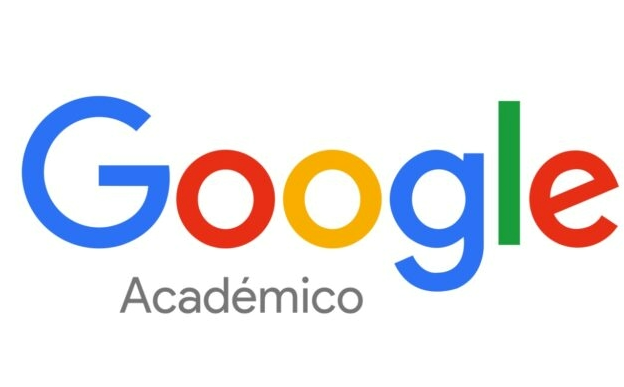Lago Ypacarai: aplicación de tecnosoles antieutrofizantes y reducción de cianobacterias
DOI:
https://doi.org/10.70833/rseisa8item117Keywords:
Technosols, Lake, CyanobacteriaAbstract
The results of tests with Technosols to reduce the concentration of nutrients are presented. N (nitrogen) and P (phosphorus) cause eutrophication in the water body of Lake Ypacarai in the central region of Paraguay, located in the National Park Ypacarai Lake. Malpractice in the management of natural resources, inappropriate agricultural practices, discharges of untreated domestic and industrial effluents are loaded with nutrients causing blooms of cyanobacteria and blue green algae. Species detected are Cylindrospermopsis raciborskii, Anabaena spiroides, Aphanocapsa sp., Microcystis aeruginosa, Chroococcus turgidus, Aphanocapsa sp., Anabaena affinis, Aphanocapsa delicatissima, Merismopedia tenuissima and Microcystis flos- aquae. Technosols are inert soils prepared with components similar to those of natural soil. They have higher specific adsorption capacity of organic phosphates and organic solubles and were selected according to the level N and P. A limnocorral of two meters in diameter was installed in the lake for the experiment. Eight kg bags with Technosols were installed at 0.5, 1.0, 1.5, 2.0 and 2.5 meters depth. Our results show that adsorption and ion exchange interact with the adsorbent surfaces, and that they adhere nutrients. Technosols thus permit the reduction of phosphorus in water. A consequence of the adsorption of N and P by Technosols is a strong reduction or even disappearance of some species of cyanobacteria, shown by the laboratory results.
Downloads
References
Caballero A., W. (2011) "Recuperan suelos mineros degradados con tecnosoles", publicado en el Diario ABC Color, de Asunción, Paraguay, en ediciones impresa y digital. http:// www.abc.com.py/nota/recuperan-suelos-mineros degradados-con-tecnosoles/. (último acceso, noviembre 2012).
Camps A, M. y Pinto, M. Edafología (2004), Los sumideros de Carbono en el marco del Protocolo de Kyoto. Revista de la Sociedad Española de la Ciencia del Suelo. "Ciclo del Carbono", vol. 11 (1), SECS, Unidixital, España. Pp. 27-37.
Guzmán Hennessey, M. (2010) La tendencia Carbono Neutral: Líneas generales de una propuesta orientada a estimular programas de reducción y compensación de emisiones. http://miradasdeinternacional.wordpress.com/2 010.
Guzmán Hennessey, M. (2010) Discusión e investigación en red sobre temas ambientales.Ciclo 1: El mercado de los bonos de carbono en América Latina, octubre de 2010.
Basado en varias fuentes, entre ellas: Centre for Environmental Strategy de la University of Surrey, Gold Estándar, Carbon. Trust, Cordelin, BM. Cero Co2. http://manuelguzmanh-ennessey.blogspot.com. (último acceso, junio 2011).
IPCC (1996) "Directrices revisadas del IPCC" de la página oficial de la oficina de NN.UU. http://www.ipcc-nggip.iges.or.jp/public/gl/invs L.htm. (último acceso, abril 2011).
Macías, F. y Camps Arbestain, M. (2004) Secuestro de Carbono. Reunión Internacional Secuestro de Carbono en suelos y biomasa. Edafología, Cicio de Carbono, revista de la Sociedad Española de la Ciencia del Suelo, vol. 11 (1), pp. 1-5.
Segnini. G. (2011) Las ataduras de un gigante verde Consejo de Redacción CdR http:// www.consejoderedaccion.org/sitio/CdR documents/actividades/bonos-carbono 2010/bonos-carbono.tml. (último acceso, julio 2011).
UNFCCC (2011) CDM Project Activities Project search Registered. Status http://cdm.unfccc.int/Projects/projsearch.html. (último acceso julio 2011)
Downloads
Published
How to Cite
Issue
Section
License

This work is licensed under a Creative Commons Attribution 4.0 International License.
Creative Commons Attribution License CC-BY
You are free to:
Share — copy and redistribute the material in any medium or format.
Adapt — remix, transform, and build upon the material for any purpose, including commercially.
Under the following terms:
Attribution — You must give appropriate credit, provide a link to the license, and indicate if any changes have been made. You may do so in any reasonable way, but not in any way that suggests that you or your use is endorsed by the Licensor.







